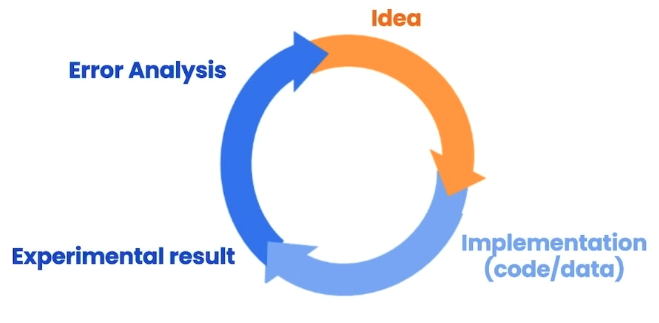ChatGPT Prompt Engineering
Over the weekend I watched the quick course put out by Andrew Ng and Isa Fulford about ChatGPT Prompt Engineering for developers. In the video series, they showed a lot of examples that inspired me to come up with my own application ideas, so I definitely recommend watching the course. It took me around 2 hours to finish the whole series. Below are notes for quick reference and reminders.
Types of LLMs
Base LLM vs Instruction Tuned LLM
-
Base LLM: predicts next word, based on text training data
-
Example:
-
Input: What is the capital of France?
-
Output: What is France’s largest city? What is France’s population?
-
-
-
Instruction Tuned LLM: tires to follow instructions
-
Example:
-
Input: What is the capital of France?
-
Output: The capital of France is Paris.
-
-
Start off with a base LLM that’s been trained on a huge amount of text data and further fine tune it with inputs and outputs that are instructions and good attempts to follow these instructions
-
Then further refined by RLHF -> Reinforcement learning with human feedback
-
Recommended for most applications to be deveoped
-
Guideline for Prompting
First principle: give clear and specific instructions
-
Clear \(\neq\) Short
-
Tactic 1: Use delimiters to clearly indicate distinct parts of the input
-
Delimiters examples: ```, “““, <>, <tag> </tag>, : , —
-
Helps avoid prompt injections as well
-
-
Tactic 2: Ask for a structured output (i.e. JSON, HTML)
-
Tactic 3: Ask the model to check whether conditions are satisfied
-
Tactic 4: Few-shot prompting -> Give successful examples of completing tasks then ask model to perform the task
Second principle: give the model time to think
-
Tactic 1: Specify the steps required to complete a task and ask for output in a specified format
-
Tactic 2: Instruct the model to work out its own solution before rushing to a conclusion
Model Limitations:
-
Hallucination: makes statements that sound plausible but are not true
- Reducing hallucinations: first find relevant information, then answer the question based on the relevant information
Iterative Prompt Development
Prompt guidelines
-
Be clear and specific the first time
-
Analyze why result does not give desired output
-
Clarify instructions, give more time to think
-
Refine the idea and the prompt with a batch of examples -> build on the initial prompt
-
Repeat

Summarizing
-
Could ask the model to summarize with specific requirements such as word limits and focus area.
-
Could also extract instead of summarize (summarize may include more information than asked for)
-
Could put a list of similar texts in a list and use a loop to iterate through the list to do the same type of summarizing
Inferring
-
Given a paragraph, infer emotions, or answer questions with specific requirements
-
Infer topics and could also determine if the text talks about a certain topic
Transforming
-
Can be used to do common transformation tasks such as translation, language detection
-
Could build a universal translator by iterating through messages in different languages in a loop
-
Could do tone transformation, format conversion (HTML -> JSON, etc.)
-
Could use spellcheck/grammar check
-
Cool library to use to display the edited version with red lines indicating the changes from the original version:
from redlines import Redlines diff = Redlines(text, response) display(Markdown(diff.output_markdown))
-
Expanding
-
Could expand on existing content based on prompt
-
Temperature: degree of exploration or randomness of the model
-
Temperature = 0: the model will always choose the most likely next word
-
Temperature higher: will choose more of the less likely next word
-
Chatbot
-
Build your own chatbot: instead of only giving ChatGPT one message at a time, give it multiple messages and specify roles in JSON format:
messages = [ {'role': 'system', 'content': 'You are a friendly chatbot.'}, {'role': 'user', 'content': 'tell me a joke'}, {'role': 'assistant', 'content': 'Why did the chicken cross the road'}, {'role':'user', 'content': 'i don\'t know'} ] -
Add context -> write a helper function that automatically collects context and add input and output responses from the user and chatbot interaction (i.e. adding to the messages list)